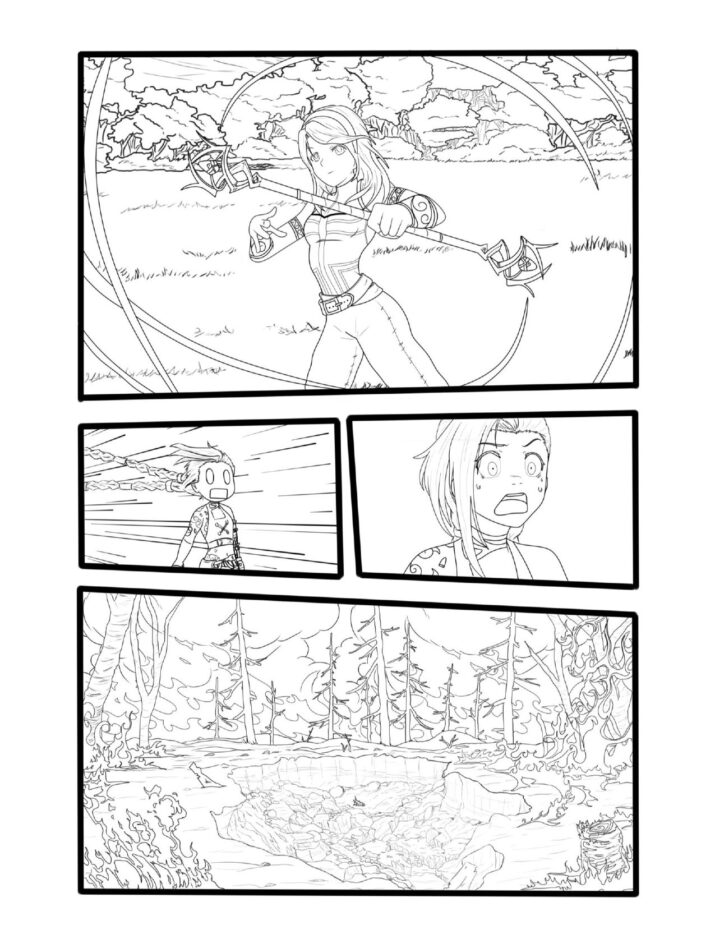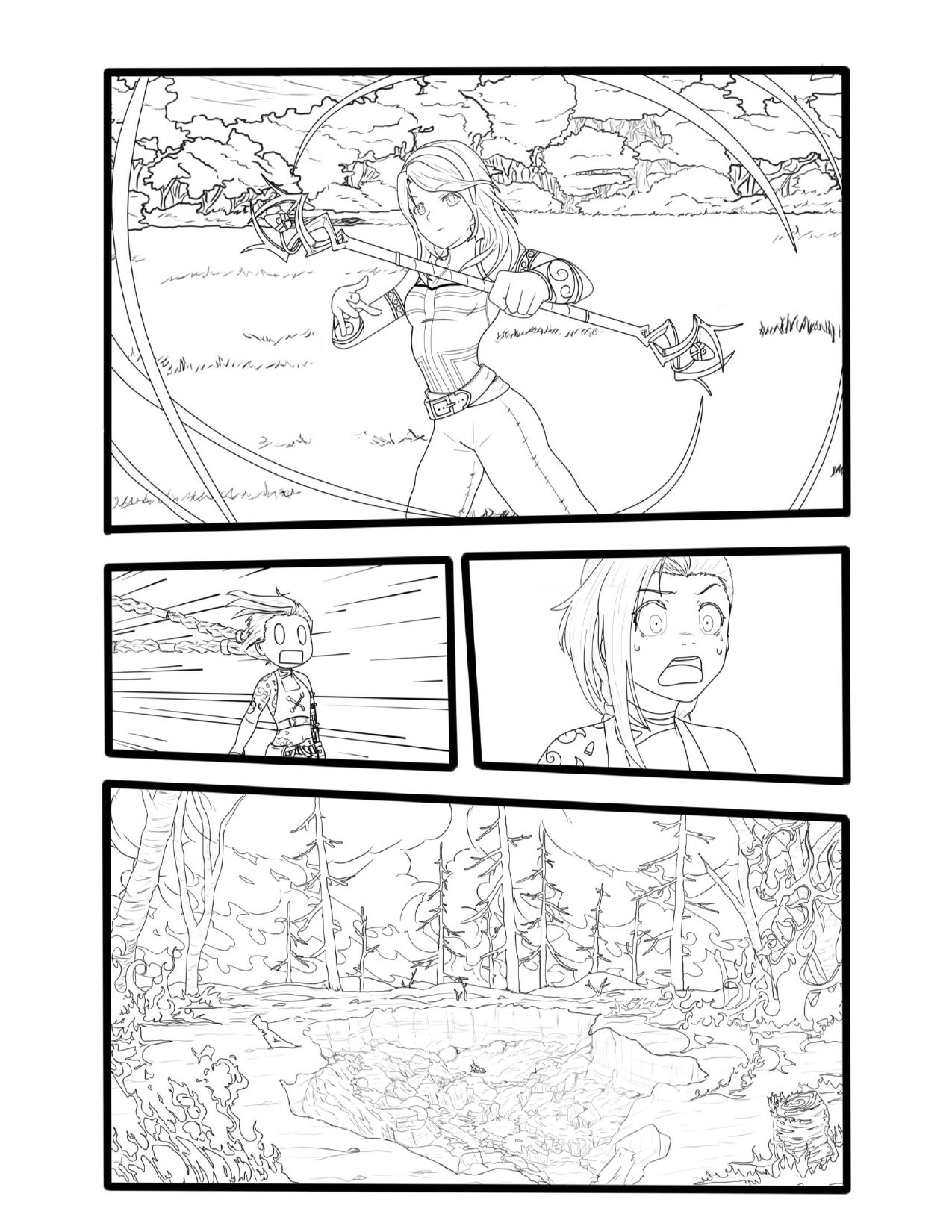wady on X


wady on X
[quads id=11]
Wadis are a unique and fascinating feature of the natural landscape in many parts of the world, including the Middle East, Africa, and other arid regions. These dry riverbeds are formed over thousands of years through the gradual erosion of rocks and sediment by flowing water during periodic rain events. While wadis may appear barren and desolate at first glance, they are actually teeming with life and provide essential habitats for a wide variety of plants and animals.
One of the most famous wadis in the world is Wadi Rum in Jordan, also known as the Valley of the Moon. This stunning desert landscape is characterized by towering sandstone cliffs, deep canyons, and red sand dunes, making it a popular destination for tourists and adventurers alike. Visitors to Wadi Rum can explore the wadi on foot, by camel or jeep, and experience the otherworldly beauty of the desert terrain.
In addition to being a tourist attraction, wadis are also important ecological hotspots. These dry riverbeds act as natural corridors for wildlife, allowing animals to move between isolated pockets of habitat and ensuring genetic diversity within populations. Many plants and animals have adapted to the harsh conditions of the wadi environment, developing unique survival strategies to cope with extreme temperatures and limited water availability.
Unfortunately, wadis are increasingly under threat from human activities such as overgrazing, deforestation, and pollution. These activities can disrupt the delicate balance of the wadi ecosystem, leading to habitat degradation and loss of biodiversity. Conservation efforts are crucial to protecting wadis and ensuring their continued survival for future generations to enjoy.
Overall, wadis are a vital part of the natural landscape in arid regions, providing valuable ecological services and showcasing the beauty of the desert environment. By understanding the importance of these unique habitats and taking steps to preserve and protect them, we can ensure that wadis remain a source of wonder and inspiration for years to come.